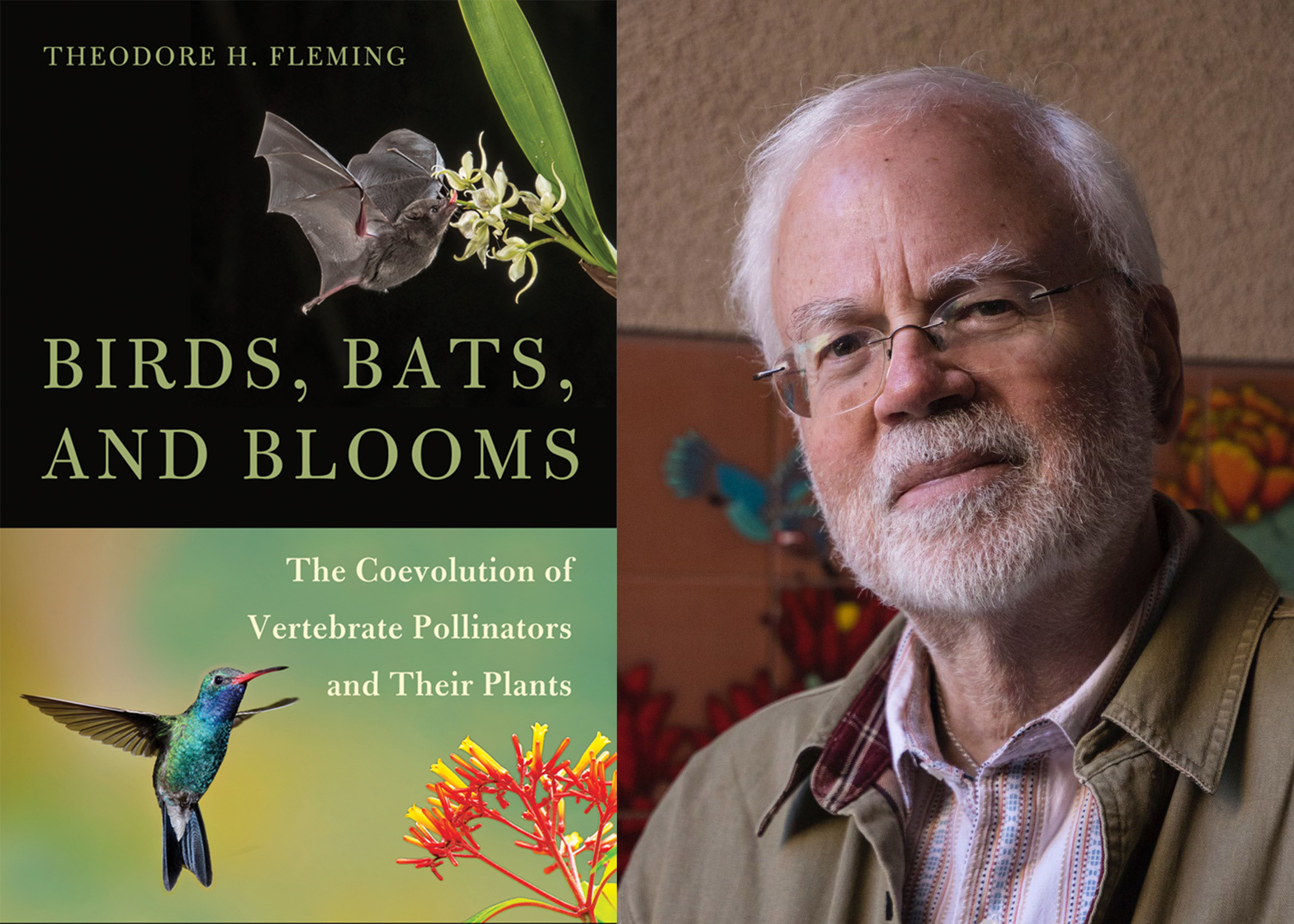November 22, 2024
In the new book Birds, Bats, and Blooms author Theodore H. Fleming provides an in-depth look at the ecology and evolution of two groups of vertebrate pollinators: New World hummingbirds and nectar-feeding bats and their Old World counterparts. Today, the author gives us a behind-the-scenes look at this book and what inspired him to write it.
By Theodore H. Fleming
This book is meant to be a scientifically rigorous but engaging account of two groups of my favorite animals—nectar-feeding birds and bats—with a special emphasis on hummingbirds and bats that visit flowers in the New World. It reflects my long-term research interests from observing and studying these animals in Brazil, Ecuador, Panama, Costa Rica, Mexico, southern Arizona, and Australia. In retirement I have also spent considerable time photographing them in many of these countries.
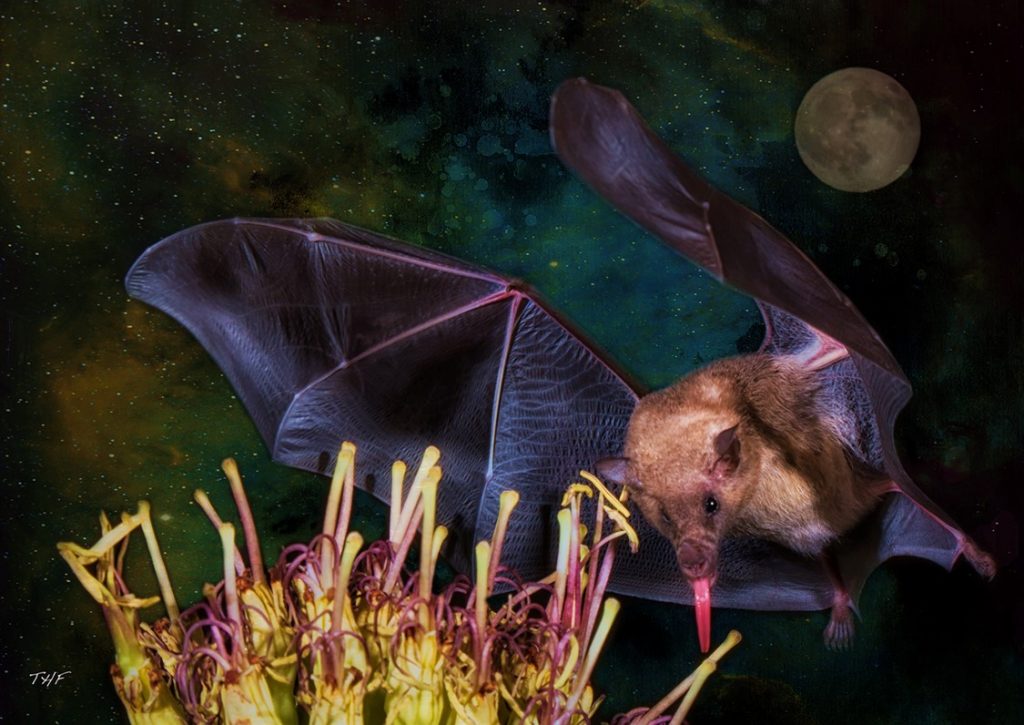
In a sense, this book is a modern version of Rudyard Kipling’s Just So Stories in which he tells us how various animals acquired their most notable features (e.g., a camel’s hump, a giraffe’s long neck, etc.). Thus, the major sections of this book include “How to Build a Hummingbird,” “How to Build a Nectar Bat,” “How to Build a Vertebrate-pollinated Flower,” and “What About Their Ecological Counterparts in the Old World?” It ends with an overview of the “Conservation Status” of these animals.
Here are examples of some of the species that I discuss in this book:
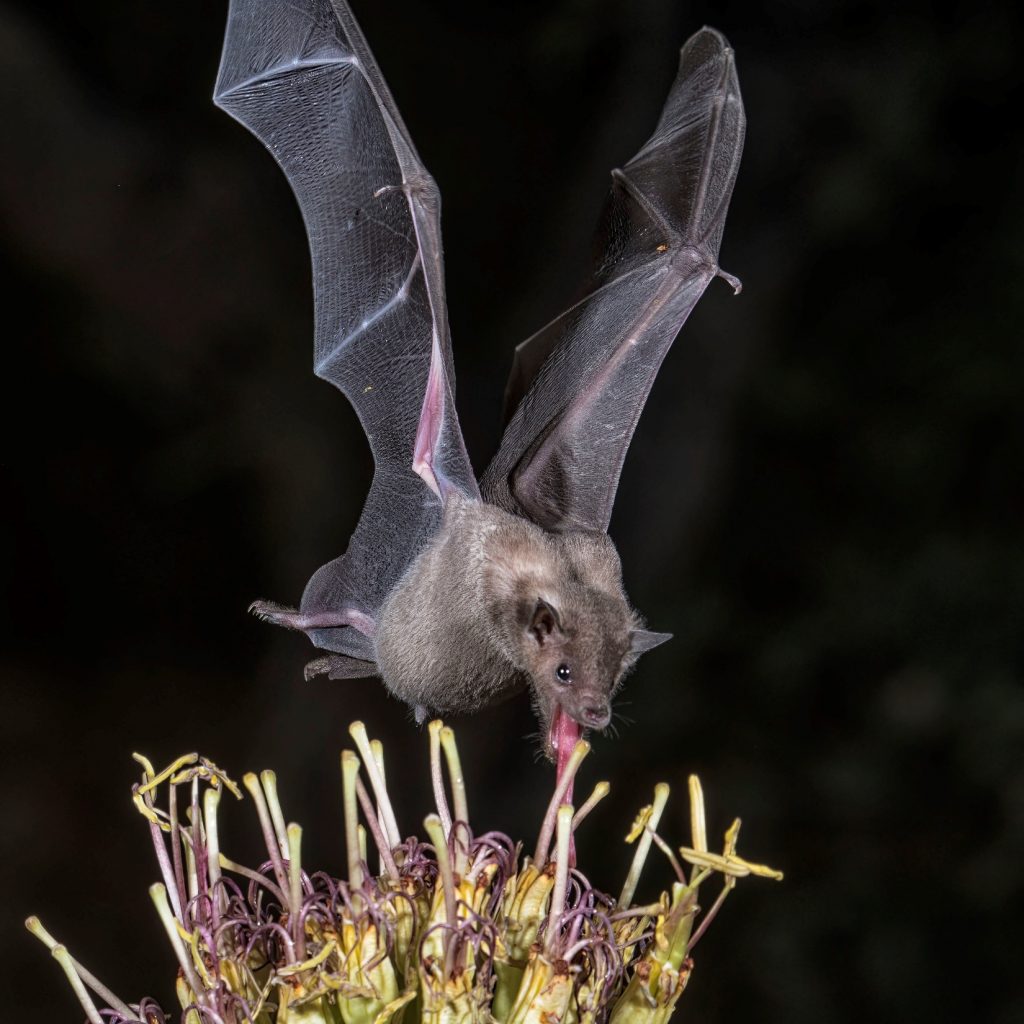
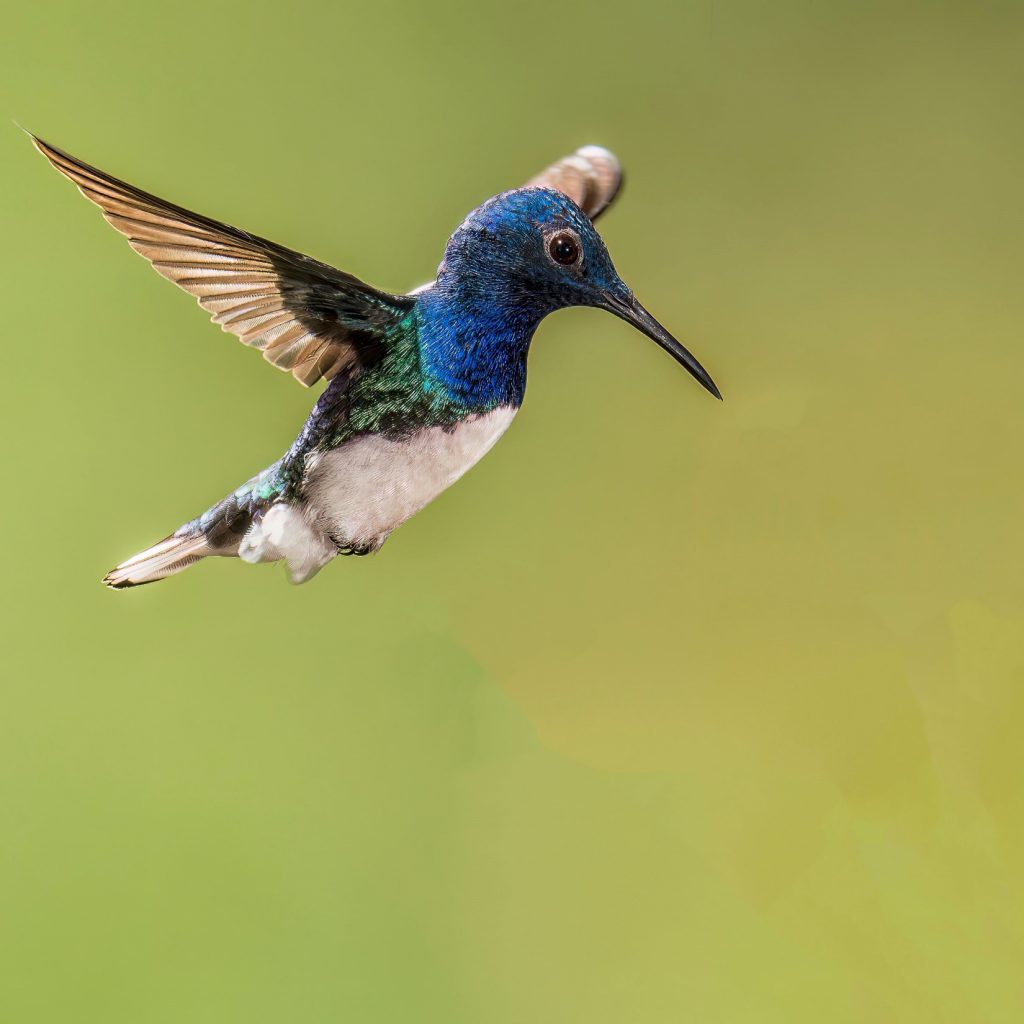
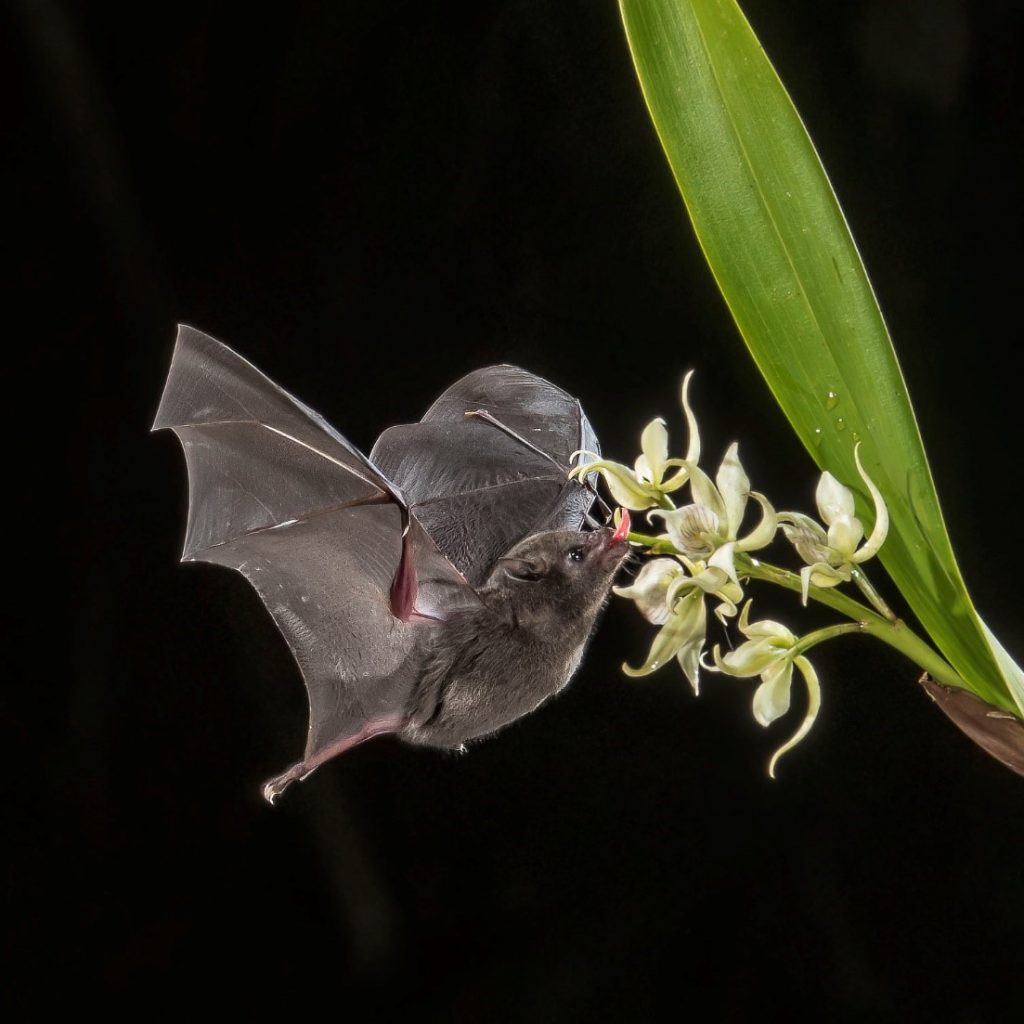
My “How To …” sections review the evolutionary histories of New World nectar-feeding birds and bats as well as many of their notable adaptations to an unusual food source, i.e. sugary water produced by flowers. It compares and contrasts the evolution and adaptations of flower-visiting birds and bats and discusses the botanical consequences of their behavior. Hummingbirds and nectar-bats have been interacting with their food plants for over 20 million years, and as a result, several thousand species of plants in dozens of families currently depend on these high energy and expensive pollinators for their reproductive success. A similar situation exists in the Old World where at least four families of birds (e.g., sunbirds, honeyeaters, flower-peckers, and lorikeets) and a few nectar-bats pollinate a wide variety of flowers. I discuss evolutionary convergences and differences between these Old World nectar-feeders and their New World counterparts.
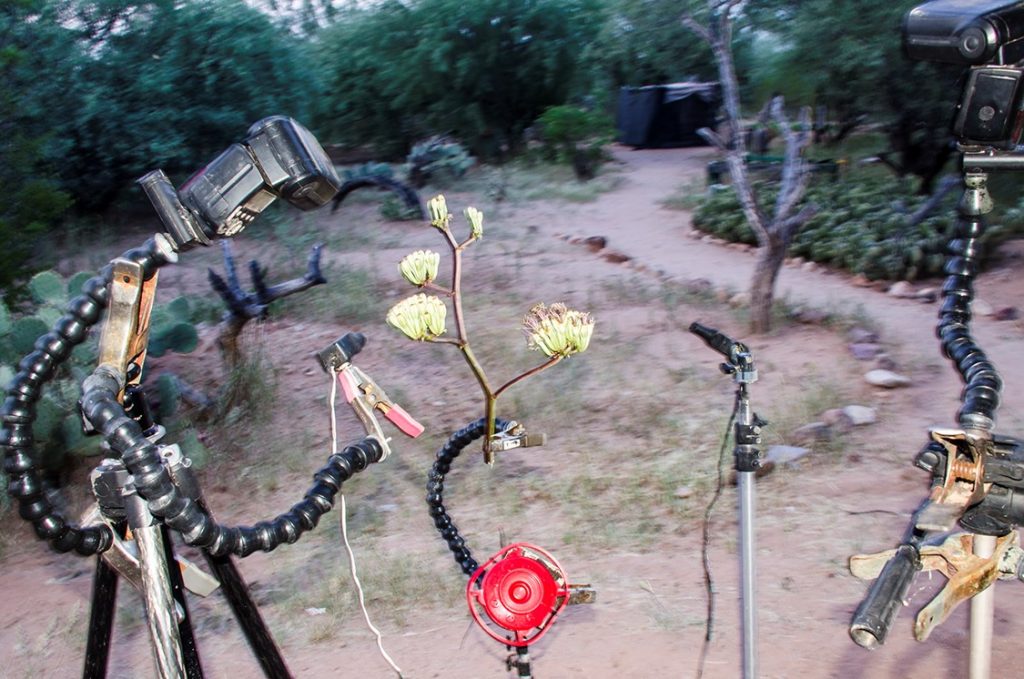
Finally, I review the conservation status of these animals. Most of them are not threatened currently with extinction, but habitat loss caused by human activities is always a major concern. Hunting and the pet trade threaten lorikeets in Australasia. In addition, in the New World human fear of vampire bats is a constant threat to its cave-dwelling nectar bats.

In the end, though, hummingbirds, sunbirds, lorikeets, and nectar-bats are among the most interesting vertebrates to have evolved on Earth. We must cherish and protect them for future generations to enjoy.
***
Theodore H. Fleming is a professor emeritus of biology at the University of Miami. He spent thirty-nine years in academia at the University of Missouri–St. Louis and the University of Miami, teaching ecology courses and conducting research on tropical rodent populations and plant-visiting bats and their food plants in Panama, Costa Rica, Australia, Mexico, and Arizona. He lives in Tucson.
 The University of Arizona Press
The University of Arizona Press

